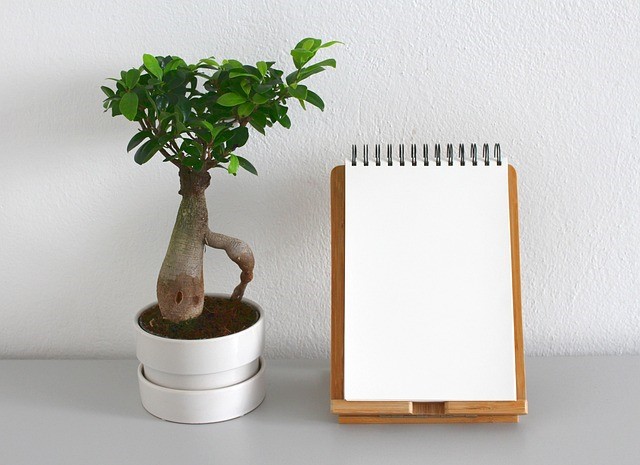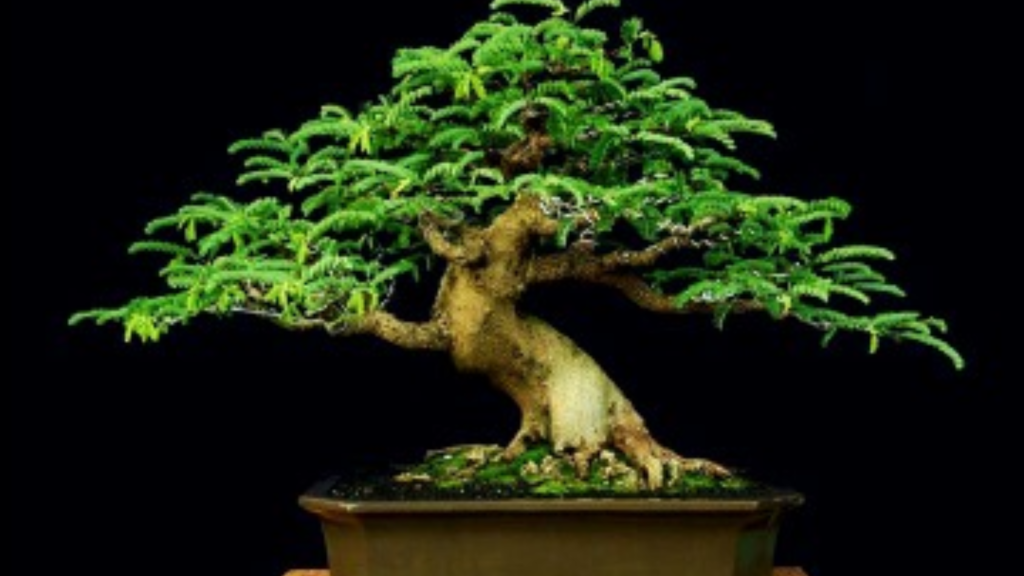Why Do I Need to Do Bonsai Tree Root Pruning?
Bonsai tree root pruning is essential for maintaining the health and growth of the tree. That has been my experience.A bonsai tree, with its miniature size, requires regular root pruning to prevent the roots from becoming bound and restricting nutrient absorption.
Pruning the roots also encourages new root growth, which is vital for the tree’s overall health. By pruning the roots, you ensure that the bonsai tree remains in balance, with a well-developed root system that supports the miniature size and proportion of the tree.
Additionally, root pruning helps prevent root rot and allows for better water penetration and drainage.
Overall, root pruning is a crucial practice in bonsai cultivation, ensuring the longevity and beauty of these living works of art.
What is the Significance of Root Pruning for Bonsai Trees?
When it comes to maintaining the health and beauty of your bonsai trees, root pruning is an essential practice that cannot be ignored. Root pruning plays a crucial role in the overall care and cultivation of bonsai trees, contributing to their longevity and aesthetic appeal.
Root pruning is important for bonsai trees because it helps to:
- Shape the root ball
- Guide the direction and placement of the branches
- Create an intricate network of roots
- Maintain the health of the tree
- Control its growth and size
- Enhance its aesthetics
How Root Pruning Helps In Controlling The Growth And Size Of Bonsai Trees?
Controlling the growth and size of Bonsai trees is one of the key objectives of every bonsai enthusiast. Root pruning is a technique that effectively aids in achieving this goal.
By trimming the roots, you limit their growth and restrict the amount of nutrients and water the tree can absorb.
This controlled growth ensures that the bonsai tree stays within the desired size and proportions, maintaining its miniature form and preserving its artistic appeal.
Furthermore, root pruning encourages the development of fine feeder roots closer to the tree trunk, resulting in compact growth and enhancing the overall aesthetics of the bonsai tree.
When To Prune Bonsai Tree Roots?
Bonsai root pruning is crucial for the health and balance of these miniature trees. It’s best done during the dormant period, typically in early spring or late winter, to minimize stress.
The frequency varies by age, species, and growth rate but generally involves annual checks. Ensure your bonsai is healthy before pruning, and use sharp, clean tools like root scissors and concave cutters.
Keep in mind that root pruning is just one part of bonsai care. Proper watering, fertilizing, and branch pruning are equally important.
Balancing these activities will help you maintain a thriving and visually appealing bonsai tree.

Step-by-step Guide To Bonsai Tree Root Pruning
Root pruning is an essential technique in bonsai tree care that helps maintain the health and vitality of your bonsai. When done correctly, it encourages the development of a compact root system, preventing root rot and ensuring the overall well-being of your bonsai tree. Here is a step-by-step guide-
Tools And Materials For The Process
Before you begin root pruning your bonsai tree, it is vital to gather all the tools and materials you will need for the process. This preparation will help you work efficiently and ensure the safest possible pruning experience.
The tools and materials you will need for bonsai tree root pruning include:
- Pruning shears or concave cutters
- Root rake or root hook
- Bonsai soil mix or substrate
- Bonsai pot
- Bonsai wire (optional)
Health And Condition Of The Roots Before Pruning
Before proceeding with root pruning, it is crucial to assess the health and condition of your bonsai tree’s roots. This step will help you determine the extent of pruning required and ensure you do not accidentally remove healthy roots.
During the assessment, carefully inspect the roots of your bonsai tree and look for signs of disease, rot, or overcrowding. If you notice any damaged or unhealthy roots, mark them for removal during the root pruning process.
Techniques For Root Pruning
To effectively prune the roots of your bonsai tree, you will employ three techniques: root trimming, root raking, and root washing.
Root trimming: Using pruning shears or concave cutters, carefully trim the long and circling roots, reducing their length and encouraging a more compact root system. Be cautious not to trim too much, as it can stress the tree.
Root raking: Utilize a root rake or root hook to gently comb and separate the root mass. This technique helps remove soil and detangle any intertwined roots, enabling better oxygenation and nutrient absorption.
Root washing: In some cases, it may be necessary to wash the roots to remove excess soil and debris. Carefully rinse the roots with water, making sure not to damage or break them. This step is particularly helpful when repotting your bonsai tree.
Ensuring Proper Aftercare And Maintenance Post Root Pruning
After root pruning your bonsai tree, it is crucial to provide proper aftercare to support its recovery and long-term health. Follow these steps to ensure successful aftercare and maintenance:
- Repot your bonsai tree in a well-draining bonsai soil mix or substrate. This will provide the necessary nutrients and ensure adequate drainage.
- Water your bonsai tree adequately, maintaining the moisture levels suitable for its specific species. Avoid overwatering or underwatering, as both can harm the root system.
- Monitor the growth and health of your bonsai tree regularly. Look for any signs of stress or nutrient deficiency, and address them promptly.
- Consider using wire to shape and train your bonsai tree’s branches, helping it develop an aesthetically pleasing form. However, be cautious not to exert too much pressure on the newly pruned roots.
Frequently Asked Questions
Why Is Root Pruning Important For Bonsai Tree?
Root pruning is crucial for bonsai trees as it helps in maintaining the tree’s health, controlling its size, and ensuring optimal growth. By pruning the roots, you promote better nutrient absorption, prevent root-bound, and promote balanced growth throughout the tree.
How Often Should I Root Prune My Bonsai Tree?
The frequency of root pruning depends on the tree’s growth rate and the size of the container. Generally, it is recommended to perform root pruning every 1-2 years for younger trees and every 3-5 years for more mature trees. Monitor your bonsai’s root system to determine the ideal timing.
What Are The Benefits Of Bonsai Tree Root Pruning?
Root pruning offers several benefits to bonsai trees. It helps in maintaining a compact size, encourages new root growth, improves nutrient absorption, and prevents a tangled and bound root system. Additionally, root pruning allows for the necessary repotting and ensures the longevity and overall health of the tree.
Conclusion
In a nutshell, bonsai tree root pruning is a crucial practice for the health and vitality of these miniature plants. By carefully trimming the roots, you control their growth, prevent root-bound issues, and ensure proper nutrient absorption. This regular maintenance helps your bonsai thrive, promoting better overall development and longevity.

